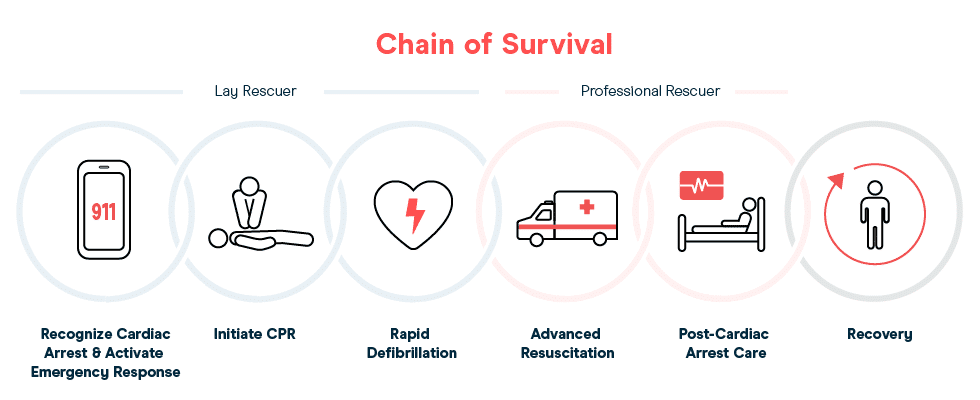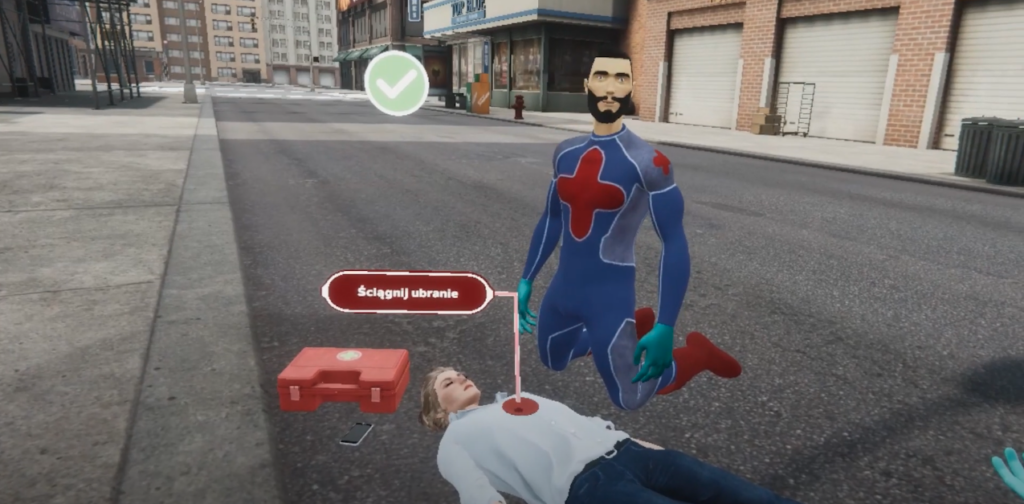A caregiver—sometimes called an informal caregiver—is an unpaid individual (for example, a spouse, partner, family member, friend, or neighbor) involved in assisting others with activities of daily living and/or medical tasks. Caregivers play a crucial role in maintaining the well-being of their loved ones. Let’s delve into the world of caregiving, exploring the numbers, the challenges, and the impact caregiving can have on our lives.
FACTS AND MORE FACTS:
Germany, 2017:
- 3.4 million people required care
- 52% of them were cared for at home by relatives
- Every 20th person in the age between 70-74 was in need of care1
Austria, 2022:
- 468,942 individuals received Pflegegelder (care allowance)2
USA, 2015:
- Approximately 43.5 million caregivers existed in 2015
- 75% of all caregivers are female
- 42% of caregivers care for their parent
- On average, caregivers spent 24.4 hours per week providing care
- About 60% of caregivers show signs of clinical depression3
PERSONAL MOTIVATION:
Amidst the statistics lies a personal motivation. Having caregivers in my close personal environment, I’ve witnessed firsthand the challenges they endure, grappling with the complexities of healthcare systems, financial arrangements, and legalities that come with providing care. Over the years, I’ve observed the toll it takes on them emotionally, physically, and mentally, as they navigate a challenging landscape to ensure the well-being of their loved ones. It’s not just about emotional support; it’s about being an advocate, a navigator, and often, a voice for those who can’t speak for themselves. While the focus is often on the one receiving care, the mental, emotional, and physical well-being of the caregiver is equally significant.
MENTAL STRUGGLES:
Caregiving is a profound act of love, but it comes with a heavy emotional toll. Statistics reveal that about 60% of caregivers show signs of clinical depression. The weight of responsibilities, coupled with the intimate nature of caregiving tasks, can lead to feelings of inadequacy, stress, and emotional strain. Caregivers also experience higher levels of stress, anxiety and other mental health effects:
- A change in eating habits resulting in unwanted weight gain or loss
- A change in sleep patterns—too much sleep or not enough
- Feeling tired all the time
- A loss of interest in people and/or activities that once brought you pleasure
- Becoming easily agitated or angered
- Feeling that nothing you do is good enough
- Thoughts of death or suicide, or attempting suicide4
PHYSICAL STRUGGLES:
On the physical front, caregiving takes its toll. One in ten caregivers reports a decline in physical health, with increased levels of obesity, bodily pain, and an elevated risk of heart disease. The demands of caregiving often result in lower levels of self-care, adversely affecting the overall well-being of caregivers. Ongoing physical symptoms that do not respond to treatment, such as headaches, digestive disorders, and chronic pain are also common symptoms among caregivers.5
QUESTIONS:
- What influence does taking care of family members have on mental and physical health?
- How can taking care of family members and personal freetime be coordinated?
- What is the process of applying for care allowance like?
- Are families with special needs isolated from society?
- Do families have to pick up the work of professional caretakers, because there ist a shortage of caretakers?
NEXT STEPS:
- Benchmarking
- Are there existing solutions?
- What do these solutions have to offer?
- What can be done better?
- In-Depth User Research: Speak to Caregivers and get Insights on their lives
- Desktop Research: Find research articles related to the topic
RESOURCES:
3Caregiver Statisticts – Family Caregiver Alliance
4A Guide to taking care of yourself – Family Caregiver Alliance


